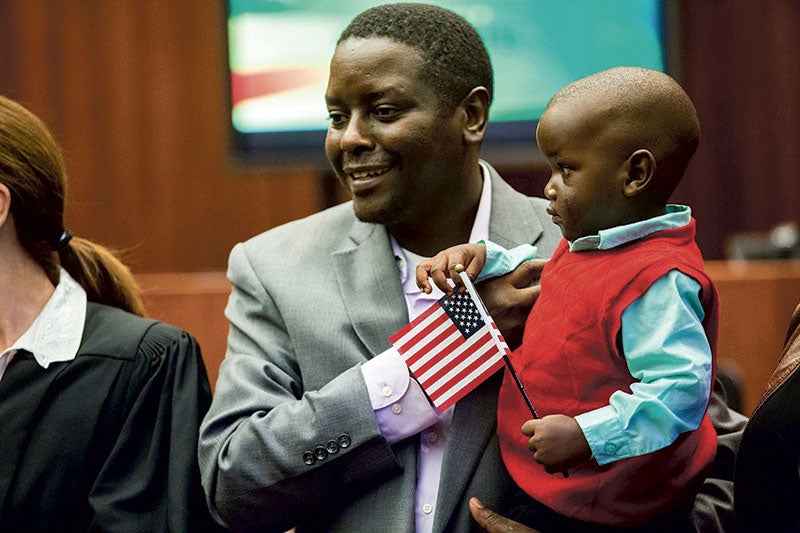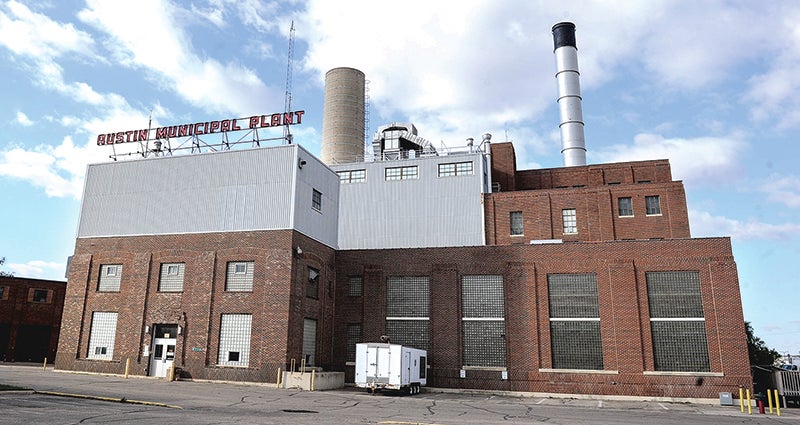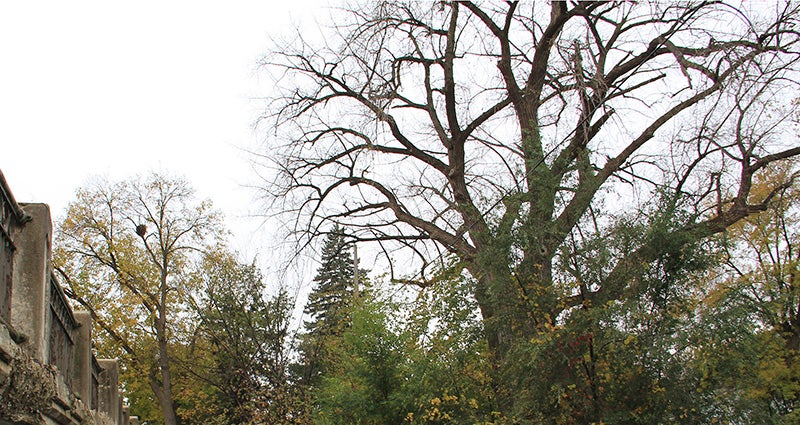Non-profits unsure of shutdown effects
Published 10:35 am Wednesday, June 29, 2011
Local non-profits still aren’t sure how much the government shutdown will affect them, but non-profit workers say they’re well aware how a government shutdown will affect the people they serve.
In most cases, non-profit workers that aren’t funded through the state are watching the residents they help struggle to understand how much a government shutdown will affect them.
“We’ve had people coming in, (and) they’ve got their letters from the county about how they could be affected,” said Dawn Helgeson, executive director for ARC Mower County. “It’s the consumers that we serve that could really be affected.”
United Way of Mower County won’t be affected, as all the money they receive comes from the community. Yet the agencies they help fund will be affected, according to Carlton Frank, executive director of Wapiti Meadows Community Technologies and Services, Inc. and chairman of the United Way Agencies group.
“It’s not that we’re going to be hurt,” Frank said. “We’re already hurting.”
CTS in particular will be affected, as the counseling and mental health services they provide are state funded. According to Frank, about 75 to 80 percent of CTS’s budget comes from monthly medical assistance payments from the state Department of Human Services that CTS clients are signed up for.
Yet CTS hasn’t received any state payments this month, which would normally amount to about $45,000. The state Legislature passed a bill last year postponing June payments for non-hospital health care providers to July, keeping funding schedules in line with school district payments among other state organizations. The problem is, no one told CTS about this until after CTS workers noticed their June funds weren’t coming.
“We didn’t get paid in June, and then we don’t know when we’re going to get paid with a state shutdown,” Frank said.
A DHS spokesperson said health care providers were notified last year of the change, but Frank said he never received word that payment schedules were redone. Worse, when CTS workers called DHS officials, several DHS officials didn’t know that June payments had been rescheduled, according to Frank. He called someone he knew at the DHS earlier this month after discovering medical assistance funding wasn’t coming, but the DHS official he spoke to didn’t know about the payment schedule switch.
“She told me, ‘You must have made a mistake,” Frank said. “… She called me back in two hours and told me I was right.”
“They hadn’t told anybody,” Frank added.
Although some CTS services are essential, such as the services they provide to the destitute and mentally ill, CTS workers will be hard-pressed to keep the non-profit open without medical assistance aid payments soon. Frank estimates between 80 and 90 percent of CTS clients are on state medical assistance.
The Parenting Resource Center will have 12 workers affected by the shutdown, with one worker unable to work until the shutdown ends and 11 workers with cut hours. The Parent Warm Line, Linea De Apoyo and the Crisis Nursery are among state-funded services that won’t happen during a shutdown.
Child care assistance would temporarily stop under a shutdown as well, which would affect area child care providers from the YMCA to Austin Public School’s Early Childhood and Family Education programming. Families on child care assistance would have to bear the costs during a shutdown, and if they don’t continue the program’s co-pay, they would be dropped. There’s a two-year waiting list to get on child care assistance, according to Maryanne Law, the executive director of the PRC.
“You don’t want to not be in the system when it starts again,” she said. “Then you can’t just be picked up again, you’d go to the end of the waiting list.”
Non-profits are busy preparing for the worst. Local non-profit leaders met with Sen. Dan Sparks, DFL-Austin last week to find out more about a shutdown’s effect. They plan to meet again in two weeks, if a shutdown lasts that long, to see what resources they can pool together.
Regardless, many residents say it’s not looking good.
“That’s going to be a hardship,” Law said.




